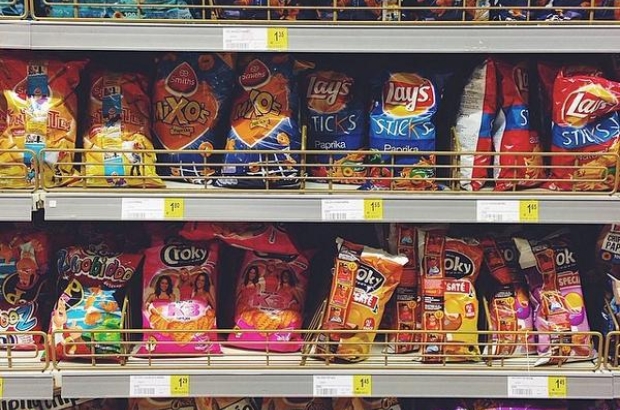- Daily & Weekly newsletters
- Buy & download The Bulletin
- Comment on our articles
Study reveals unhealthy food environment in Belgian supermarkets
Consumers in Belgium are shopping in generally unhealthy in-store food environments, especially in low-income areas, where shoppers are more likely to buy junk food, according to a new study published in the BMC Global and Public Health journal.
Despite the pledges of all large supermarket chains to promote and create healthier food environments, currently consumers are incentivised to buy unhealthy rather than healthy food products, the researchers said.
The study comes in the face of recent statistics showing that almost one out of two Belgians is overweight and 16% of the population is obese. Since the first health survey in 1997, this proportion has only increased.
Researchers looked at the marketing strategies implemented by 55 supermarkets - from Aldi, Carrefour, Colruyt, Delhaize and Lidl chains - in 16 Flemish municipalities in 2022, about 64% of which were in the most deprived socio-economic areas.
Healthiness indicators related to food availability (ratio of shelf length for healthy versus unhealthy foods), prominence (proportion of unhealthy foods at check-outs and end-of-aisles), and promotion (food marketing on food packages) were measured.
The researchers found that in a radius of 10 metres, just over a third (3.6 metres) is made up of healthy food, but everything else was “ultra-processed”.
The highest concentration of "junk food" is at the checkouts – where the proportion of ultra-processed foods reaches 97.5%.
Confectionery and sweet biscuits were the food categories with on average the highest number of marketing messages on pack per 10-metre of shelf length.
Supermarkets are however making efforts to promote healthier food environments. One way is by creating Nutri-Scores, used for example by Delhaize, to consider “negative” (sugars, saturated fats, salt and calories) and “positive” (protein, fibre, fruits, vegetables, legumes and nuts) elements in 100g or 100ml of food to calculate the overall nutritional score.
Manufacturers are also aiming to change the composition of certain products – notably by including less sugar or salt. However, the researchers said that commitments concerning the accessibility of healthy products were not working well enough.


















